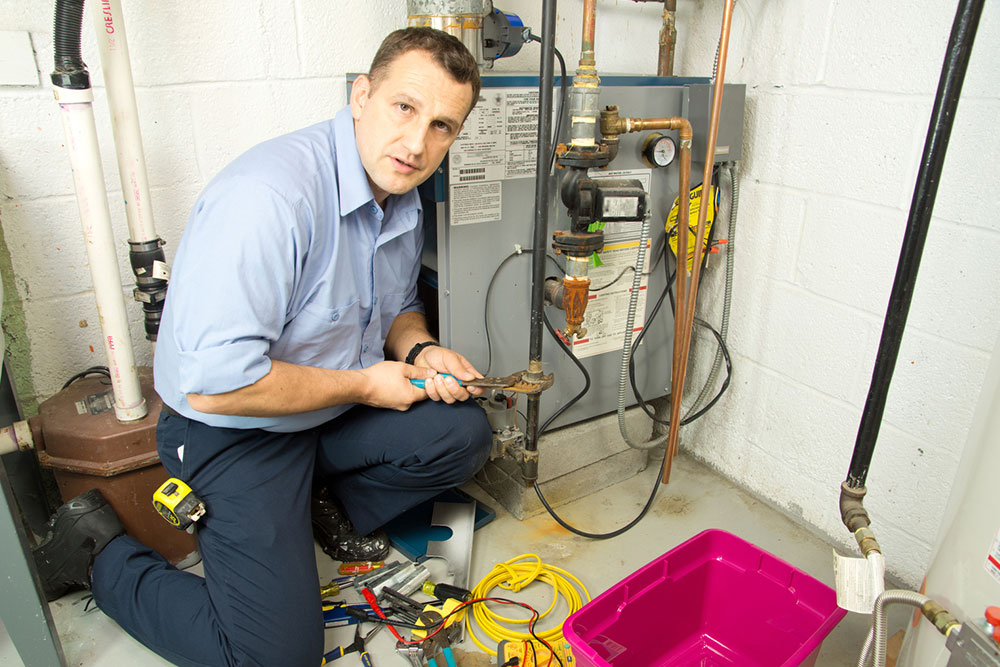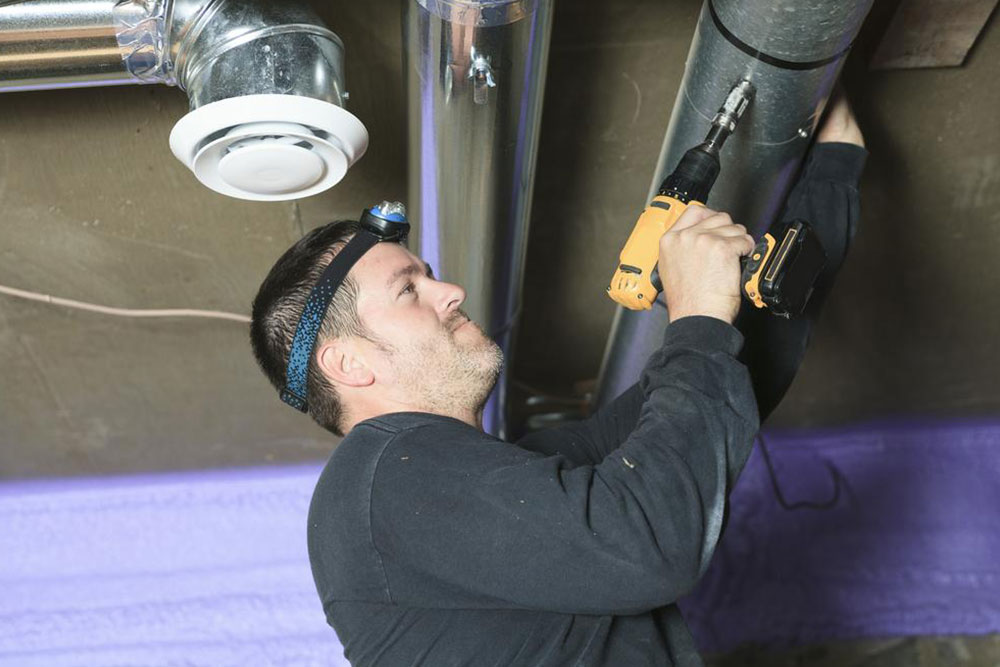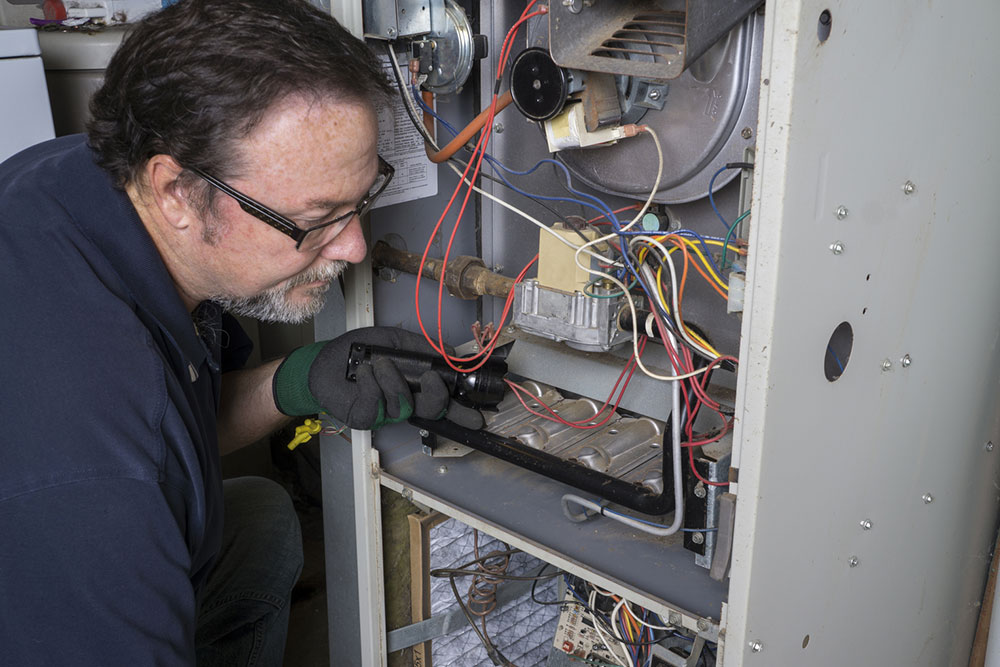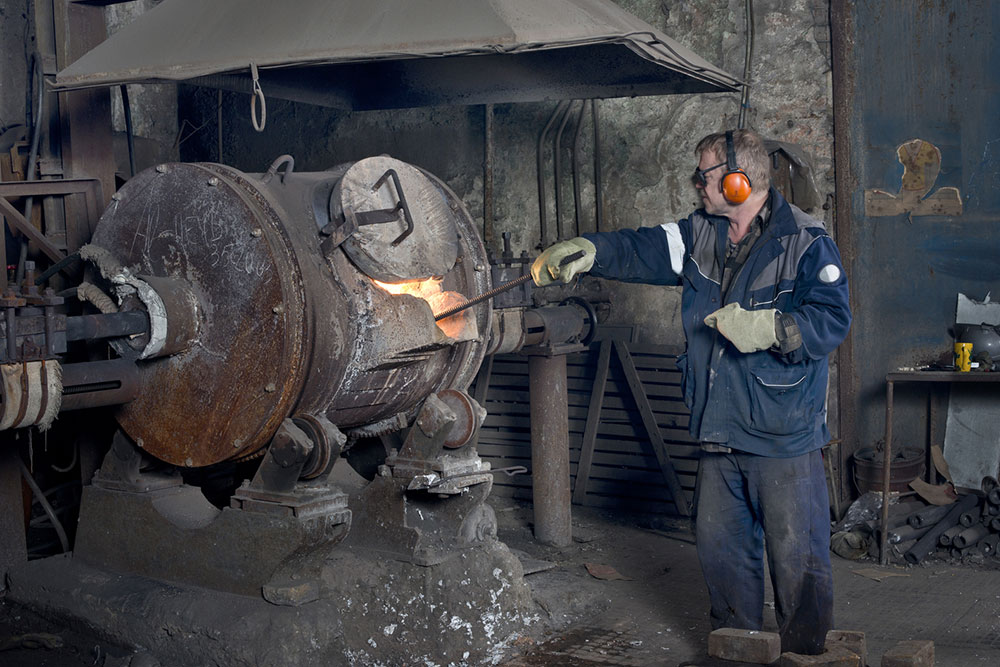Comprehensive Guide to Induction Melting Systems
This article provides an in-depth look at induction melting systems, highlighting their types, applications, and installation methods. It explains how these systems operate, their advantages in metal refining, and tips for proper setup. Ideal for industry professionals, the guide emphasizes safety, efficiency, and precise control in metal manufacturing processes, aiding readers in understanding modern induction melting technology.

Understanding Induction Melting Equipment
Induction melting systems are becoming increasingly popular, fueling growth in the manufacturing sector dedicated to these technologies. While induction heating is traditionally known for heating metals, these systems offer more advanced capabilities beyond simple heating processes.
What is an induction melting system?
Based on the principles of electromagnetic induction, these systems employ high-voltage electrical sources to melt metals within a furnace. Their capacity ranges from under a kilogram to over 100 tons, and the selection depends on specific industrial or metallurgical requirements.
Induction melting units are classified into two primary types:
Coreless : In coreless induction furnaces, metal is placed into a heat-resistant container surrounded by water-cooled coils powered by alternating current.
Channel : Channel furnaces feature a refractory-lined steel shell that contains the molten metal centrally.
Applications:
These systems are ideal for alloying and melting various metals with minimal material loss, making them suitable for refining processes. They offer energy efficiency, precise control, and clean operation, ideal for metals such as copper, steel, aluminum, and precious metals.Quick and efficient melting is achieved with minimal waste.
Installation process:
Industry professionals can choose between traditional manual installation and advanced, machine-assisted methods. Manual setups are labor-intensive and potentially hazardous, while modern techniques are safer, faster, and more accurate. Proper installation is crucial to ensure optimal system performance.
It is advisable to consult HVAC or metallurgical experts to determine the most suitable installation method, preventing operational issues caused by incorrect setup.









